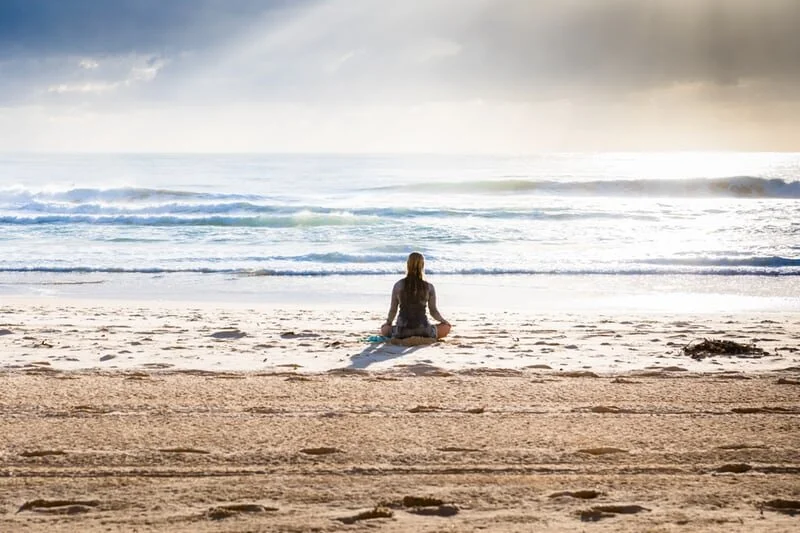YOGIC SUPPORT FOR UNPRECEDENTED TIMES
By Debbie Coleman, PRYT
©2020 Debbie Coleman, PRYT. All Rights Reserved.
Our breath is automatic … and we can interact with it in a way that helps us shift our mood, mental processes, and energy.
If you find you need calm, practice these types of breathing:
Diaphragmatic breath
Inhale and allow your belly to expand like a balloon
Exhale and feel your belly contract as you release
*If it helps to feel this breath more, put one hand at your belly and the other at your heart
Bee breath
Inhale deeply
Exhale and make a HUM sound (like a bee) for as long as you are breathing out. Make the sound enough to feel the vibration in your throat
*The hum sound does 2 things: it extends the exhale which is useful to connecting into our rest and digest system – the parasympathetic nervous system; this helps us reduce stress and tension in our body. Secondly, the hum vibrates the vagus nerve which runs from our belly to our brain and provides signals to our brain to get out of a stress response into a more relaxed response.
If you find you need energy and/or release, practice these breath and movement combinations:
Inhale, raise your arms over your head
Exhale, sweep your arms behind you and bend your knees, release your breath out of your mouth with sound
*Repeat 7-10 times; if you feel dizzy or unbalanced, stop and return to a normal breathing pattern.
Inhale, small sip of air, extend your arms out in front of you
Inhale, small sip of air, extend your arms out to your sides
Inhale, small sip of air, extend your arms over your head
Exhale, sweep your arms behind you, bend your knees, and release your breath out of your mouth with sound
*Repeat 7-10 times; if you feel dizzy or unbalanced, stop and return to a normal breathing pattern.
**Picture releasing built up energy, emotions you don’t wish to carry, challenging mental patterns
**When you finish the amount of rounds that feels good to you, be in stillness and notice your body and its sensations.
YOGA POSTURES
The body needs movement to support its well being and our mind/emotions benefit from this movement as well.
6 directions of the spine is a simple way to engage stretches and support your body to move.
Lateral stretches – standing or seated
Connect strongly to the ground on your inhale; exhale and lean to the right till you feel sensation. Inhale back to center and exhale and lean to the left till you feel sensation. Repeat 3-5 times.
Twists – standing or seated
Connect strongly to the ground on your inhale; exhale and twist to the right till you feel sensation. Inhale back to center and exhale and twist to the left till you feel sensation. Repeat 3-5 times.
Flexion and extension – seated or on hands/knees
Connect strongly to the ground; inhale, open up by dropping the back of your head, shoulders roll back, and belly expands out. Exhale, contract in by dropping chin to chest, shoulders roll in, and belly pushes back to spine. Repeat 3-5times.
Legs up the wall – put your hips as close to the wall as possible and bring your legs up the wall, flexing your feet. Can be done lying on the ground and taking your legs over the seat.
*Offers a chance for our body to be positioned differently than usual and for our minds to find new perspectives from the way we have our body positioned.
If a one on one yoga therapy session would be helpful, I can do them in person or on line.
I would be happy to support you in navigating these unprecedented times and using the many benefits yoga can offer for peace, calm, and connection.
Contact me on our NCH yoga therapy page: https://www.namasteadvice.com/yoga-therapy
Be in Light,
Debbie

